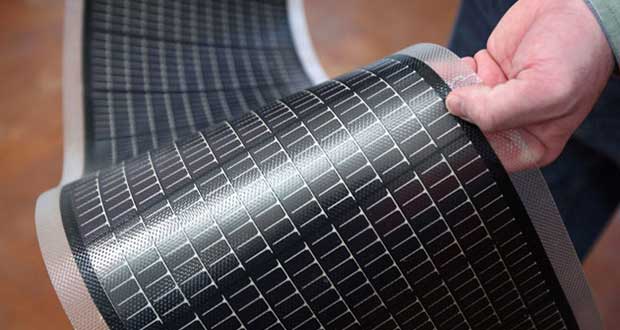Thin-film solar cells are a type of photovoltaic technology that differs from traditional crystalline silicon solar cells. They are made by depositing one or more thin layers of semiconductor materials onto a substrate. Here are some advantages and disadvantages of thin-film solar cells:
Advantages:
- Cost-Efficiency: Thin-film solar cells typically require less material to manufacture compared to crystalline silicon cells. This reduces material costs and makes them more cost-effective to produce.
- Lightweight and Flexible: Thin-film solar cells are lightweight and can be made flexible, allowing for a wider range of applications. They can be integrated into various surfaces, including curved and flexible substrates.
- Low Manufacturing Energy: The production of thin-film solar cells generally consumes less energy compared to traditional silicon solar cells. This contributes to lower manufacturing costs and a shorter energy payback period.
- Partial Shading Tolerance: Thin-film solar cells tend to perform better in partial shading conditions compared to crystalline silicon cells. This is because each cell operates independently, and the shading of one cell does not significantly affect the performance of others in the same module.
- Better Performance in Low Light: Thin-film solar cells often have better performance in low-light conditions or under diffuse sunlight, which can be advantageous in cloudy or less sunny regions.
Disadvantages:
- Lower Efficiency: One of the primary disadvantages of thin-film solar cells is their lower energy conversion efficiency compared to crystalline silicon cells. This means that they produce less electricity per unit area, requiring more space for the same power output.
- Degradation over Time: Thin-film solar cells may degrade more quickly than crystalline silicon cells. The thin layers are susceptible to environmental factors, such as moisture and temperature fluctuations, which can reduce their lifespan.
- Less Mature Technology: Thin-film solar technology is less mature than crystalline silicon technology, which means there may be more uncertainty regarding long-term performance and reliability.
- Limited Availability: Thin-film solar panels are not as widely available as crystalline silicon panels, which can make finding replacement parts or panels more challenging in some regions.
- Lower Temperature Tolerance: Thin-film solar cells are generally less tolerant of high temperatures compared to crystalline silicon cells. They may experience more significant efficiency losses at elevated temperatures.
- Manufacturing Challenges: The deposition process used to create thin-film solar cells can be complex and requires specialized equipment, which can make manufacturing and scaling up production more challenging.
In summary, thin-film solar cells offer advantages such as cost-efficiency, flexibility, and better performance in certain conditions but come with disadvantages like lower efficiency, potential degradation, and a less mature technology landscape. The choice between thin-film and crystalline silicon solar cells depends on specific project requirements, available space, and budget considerations.


